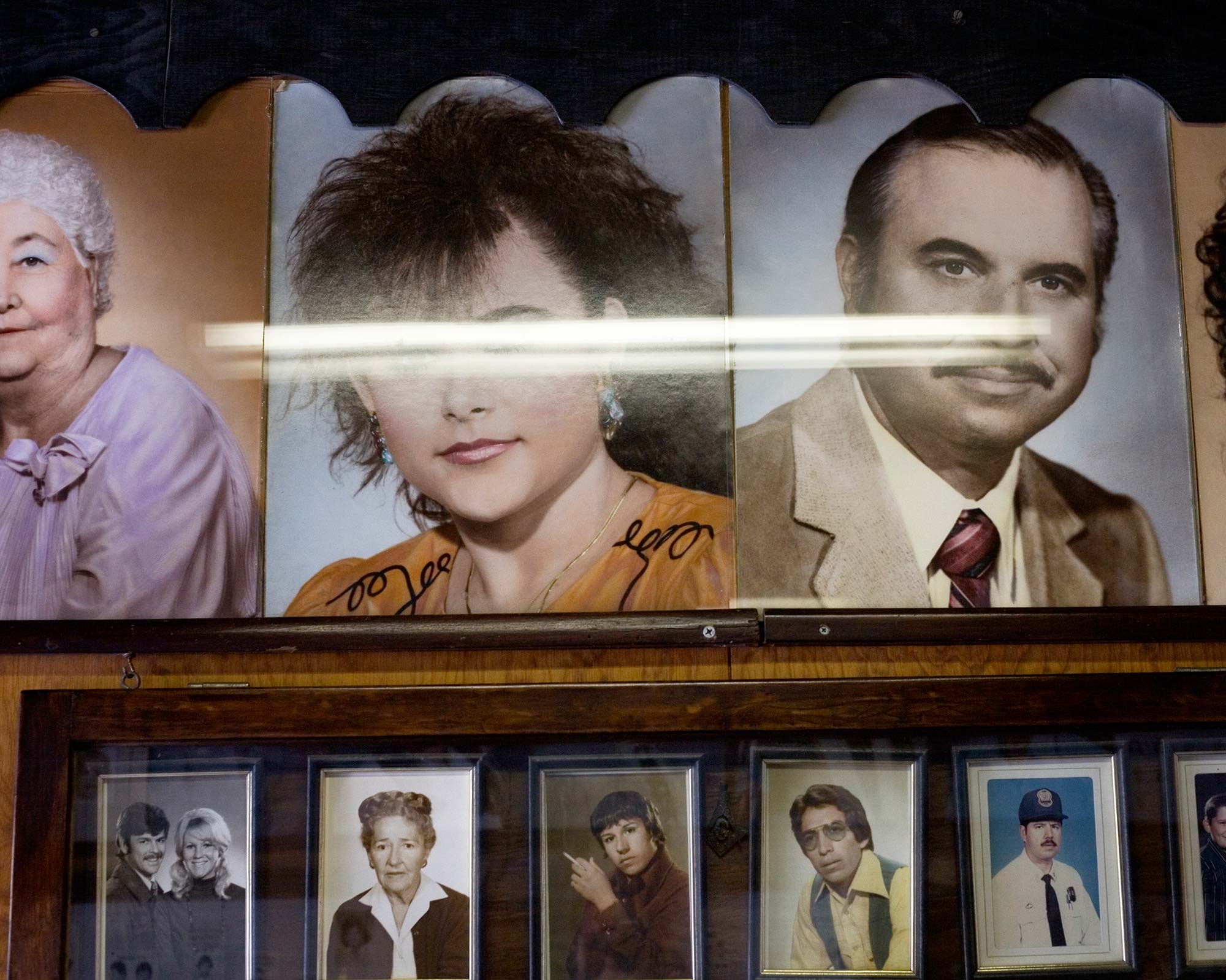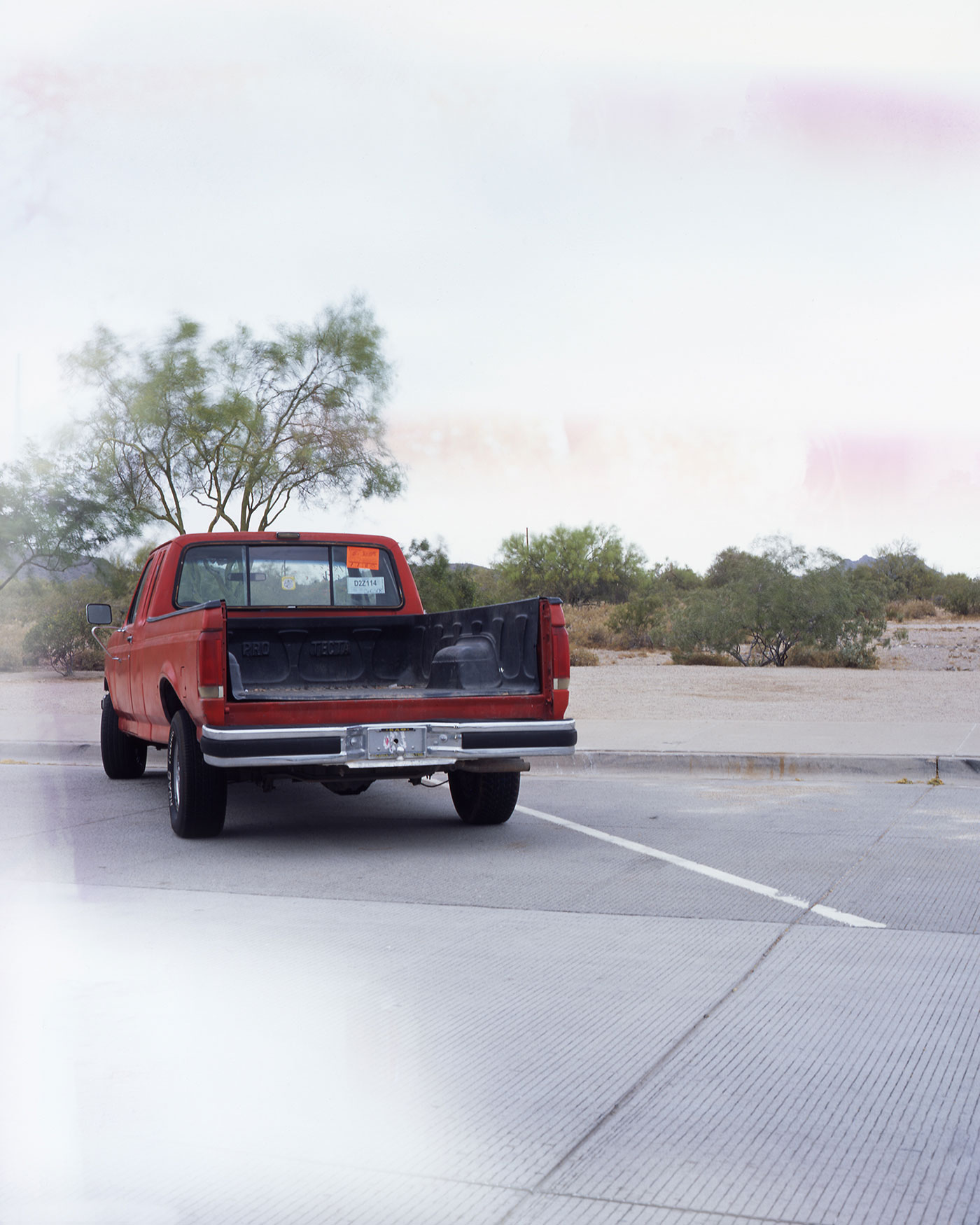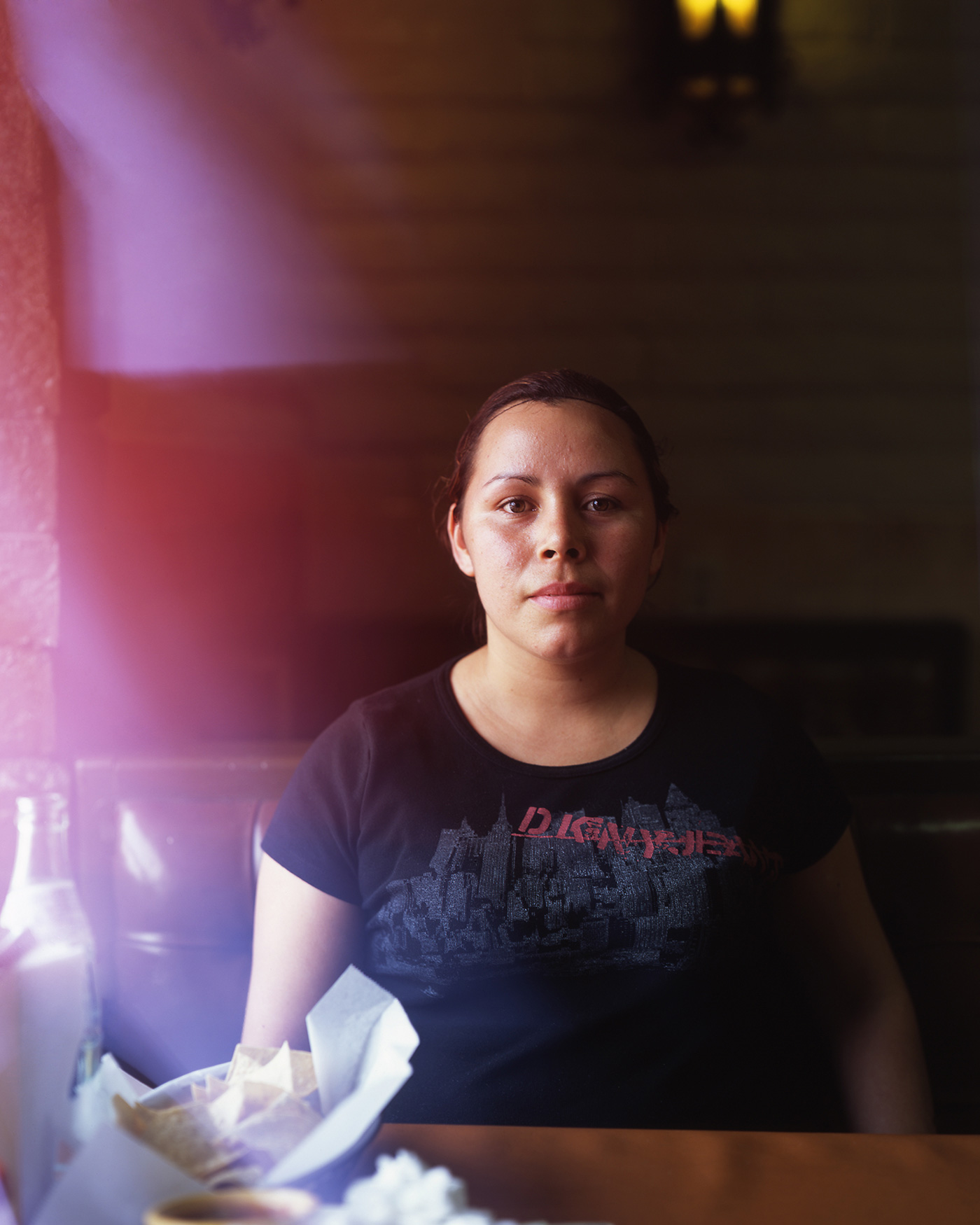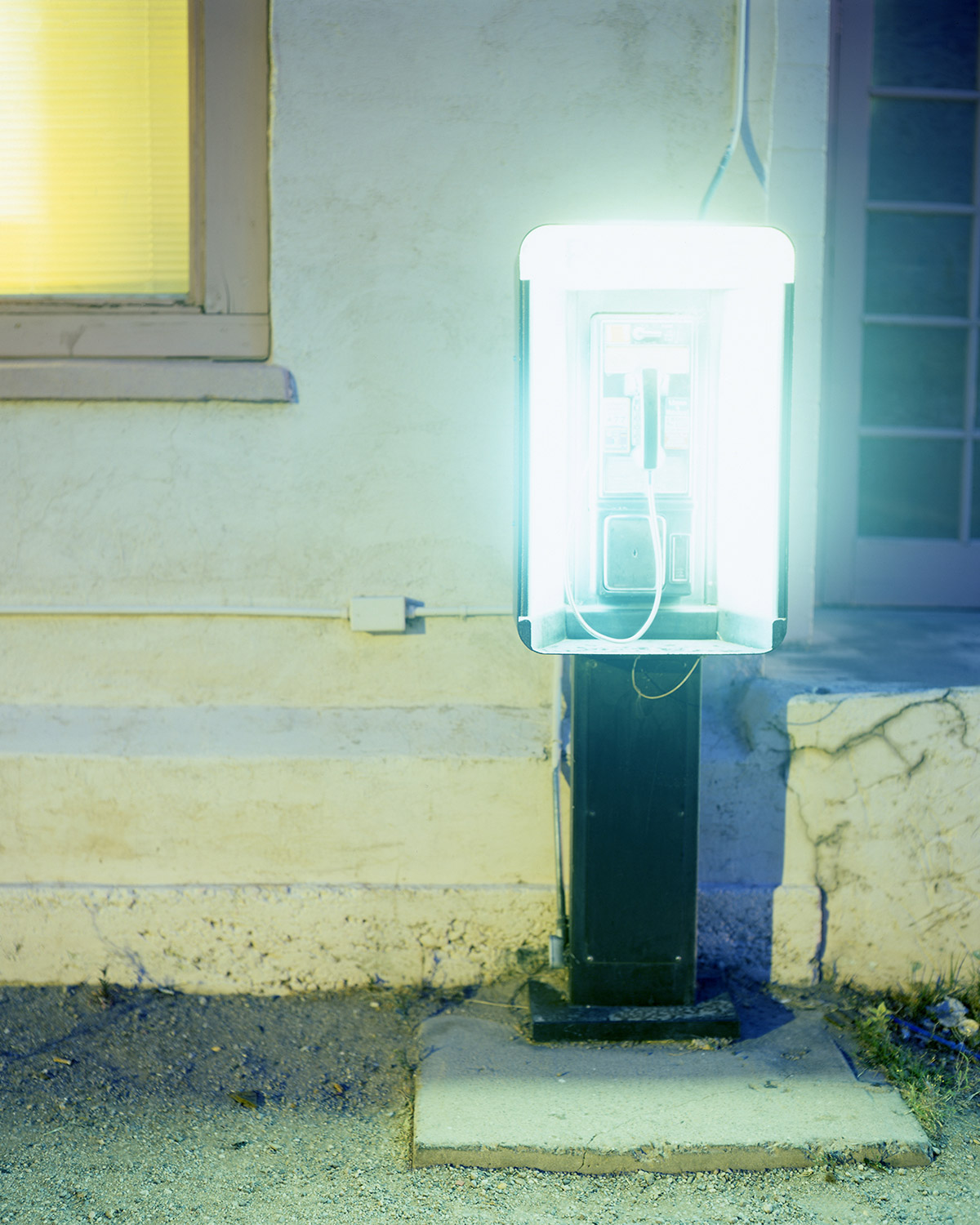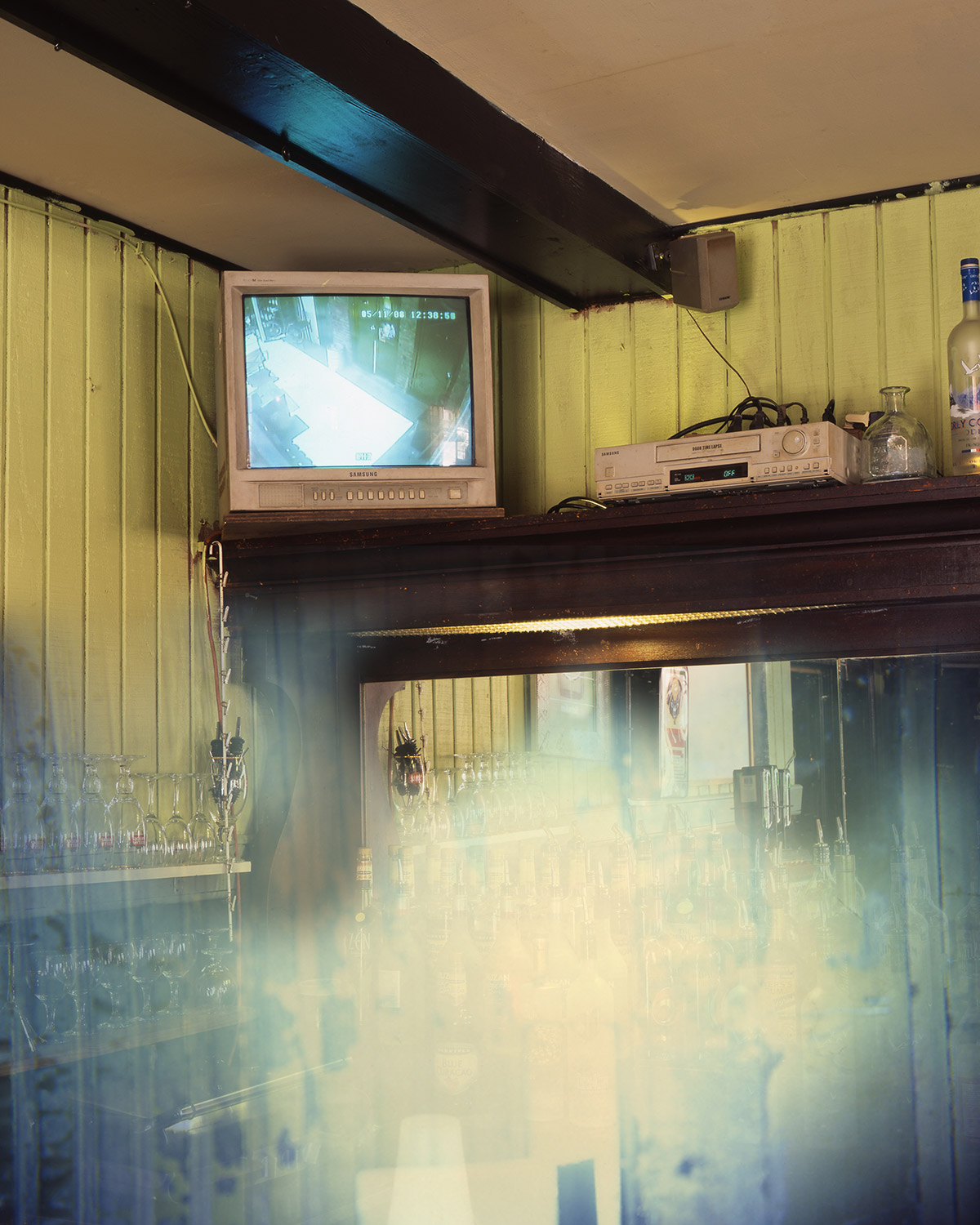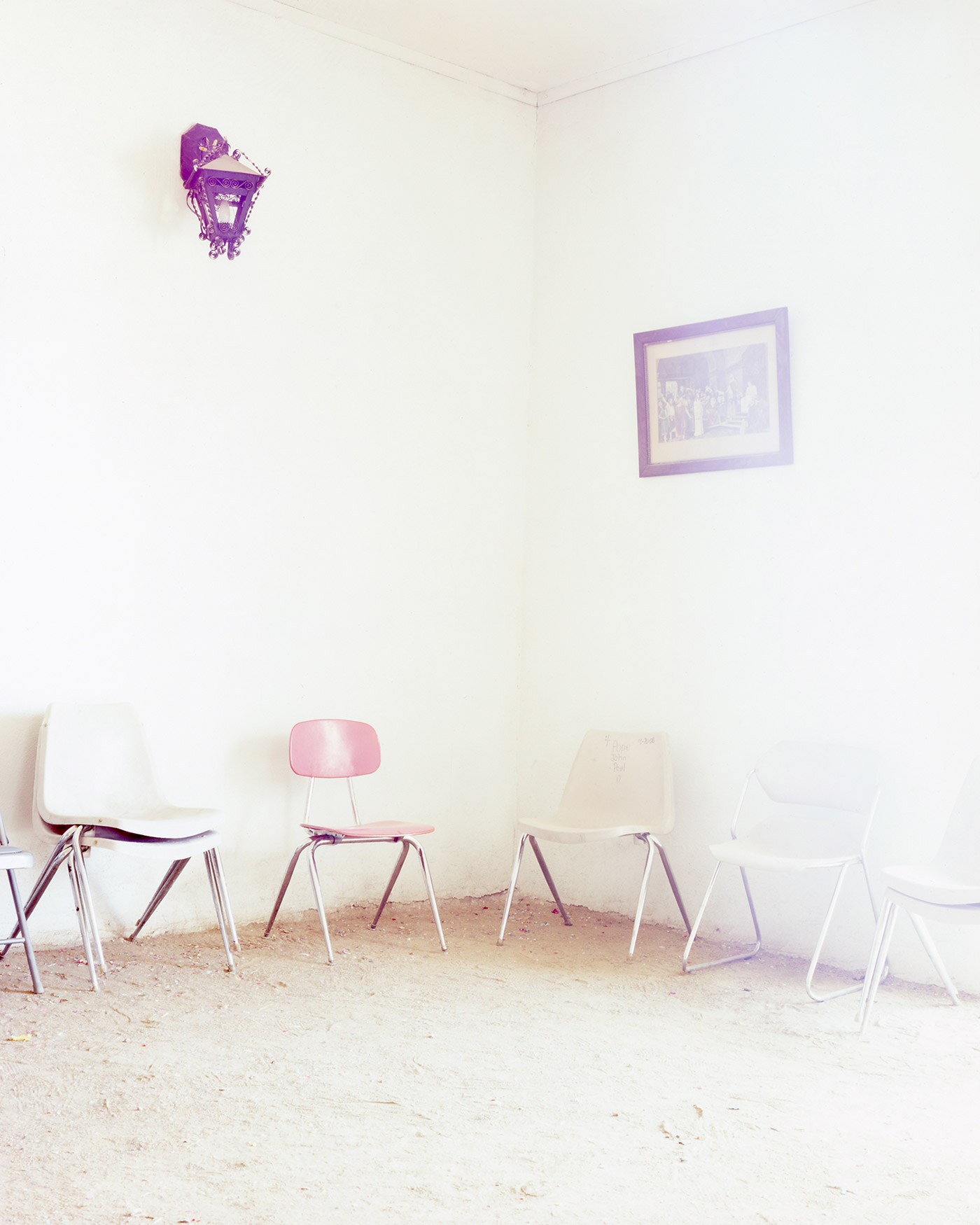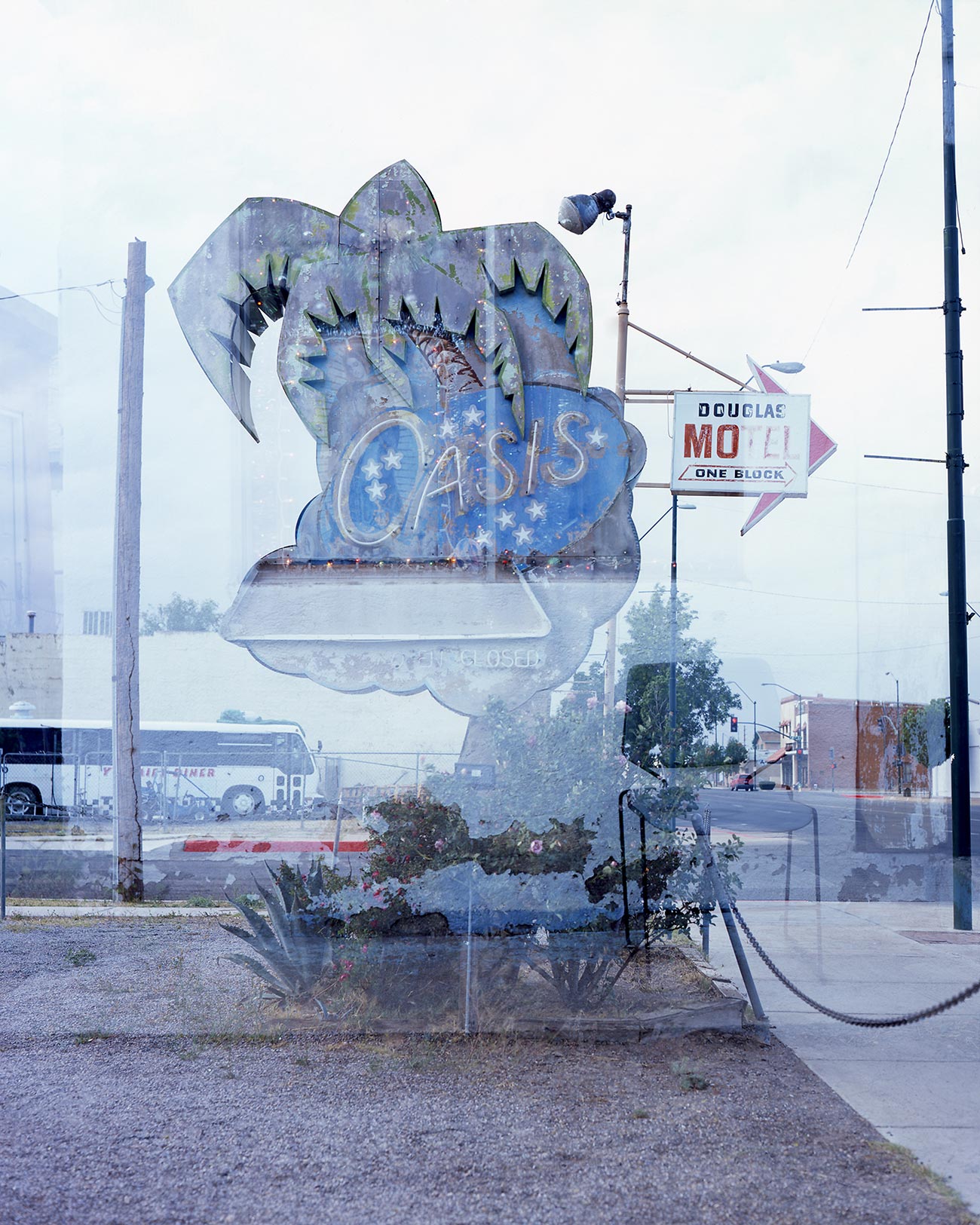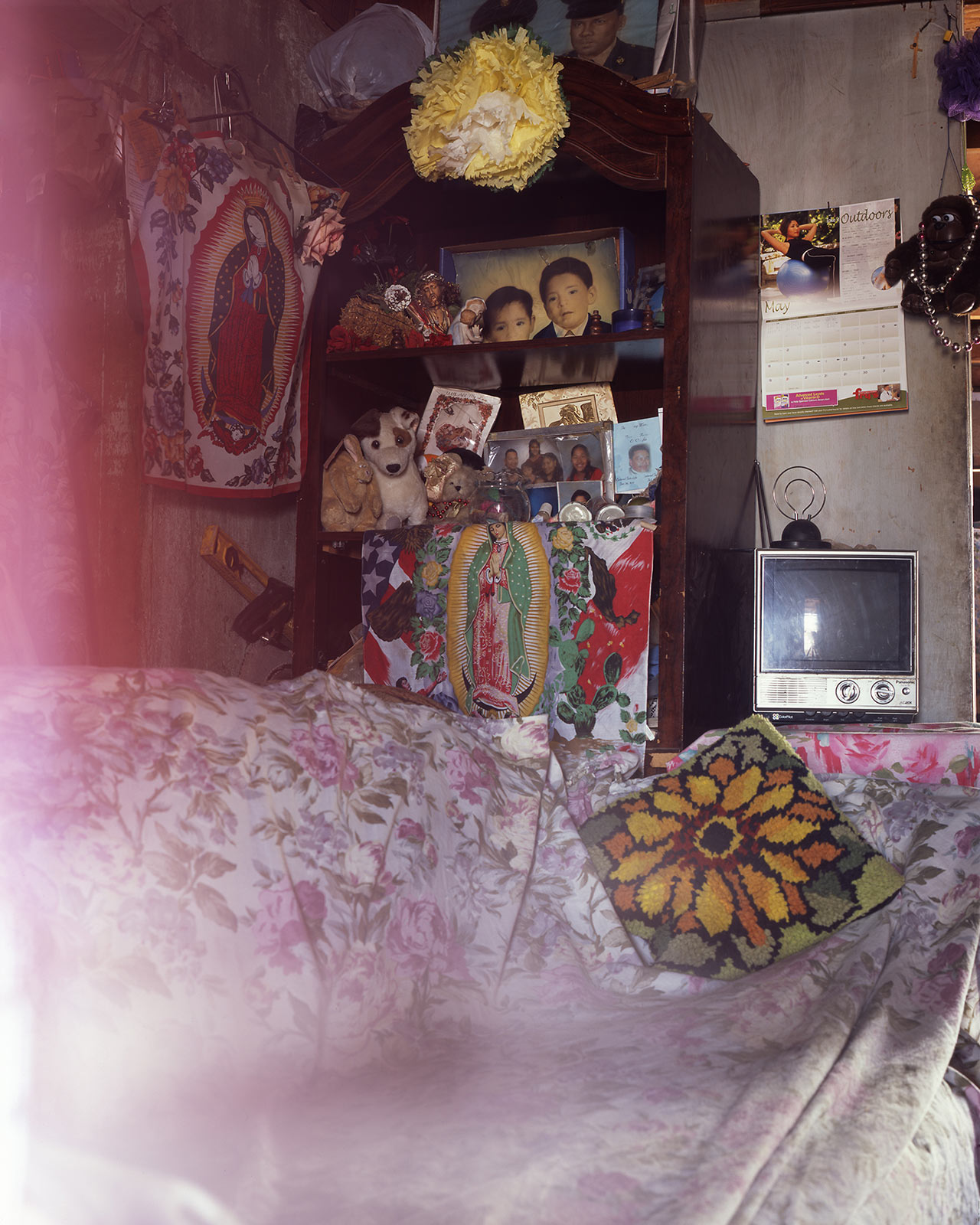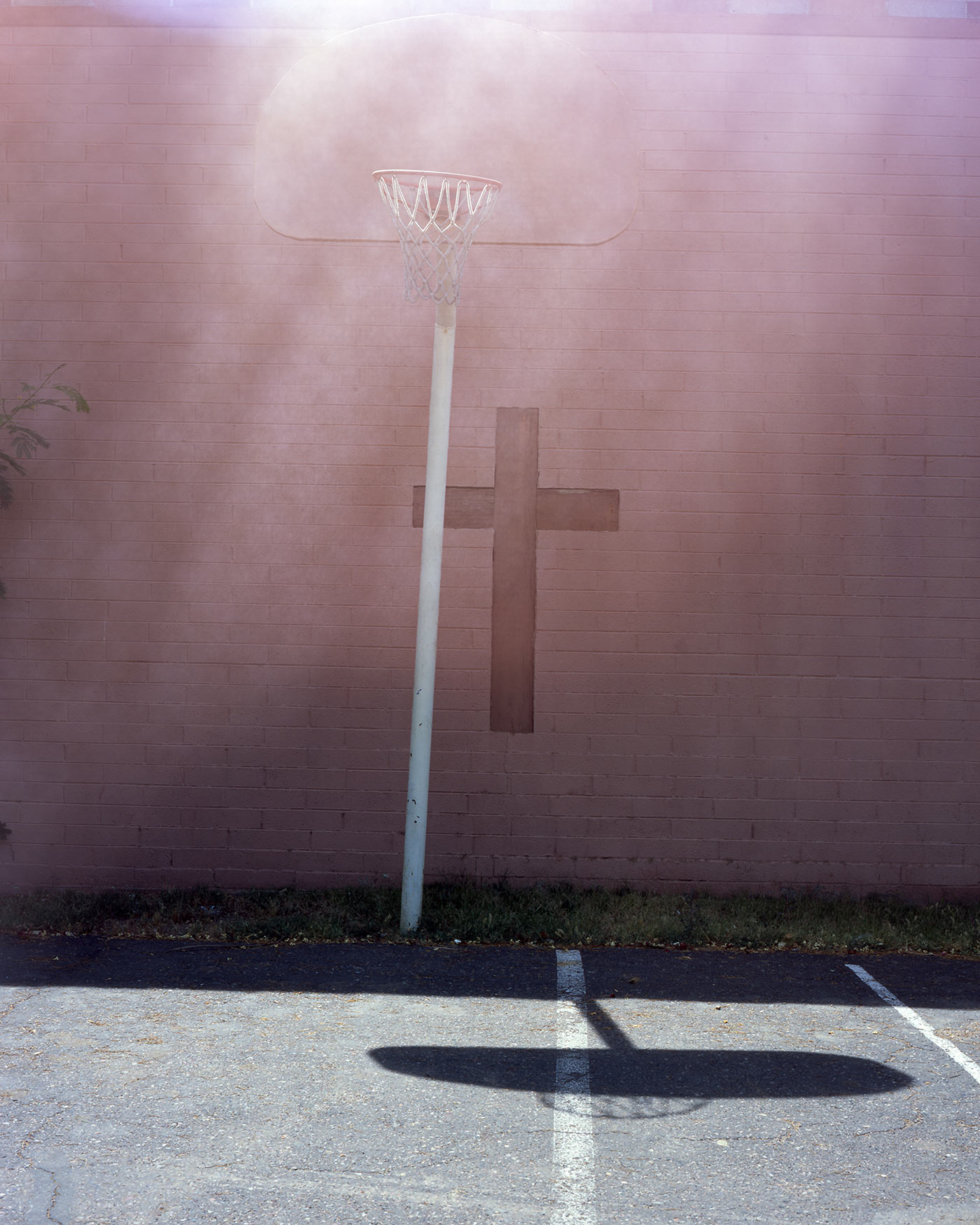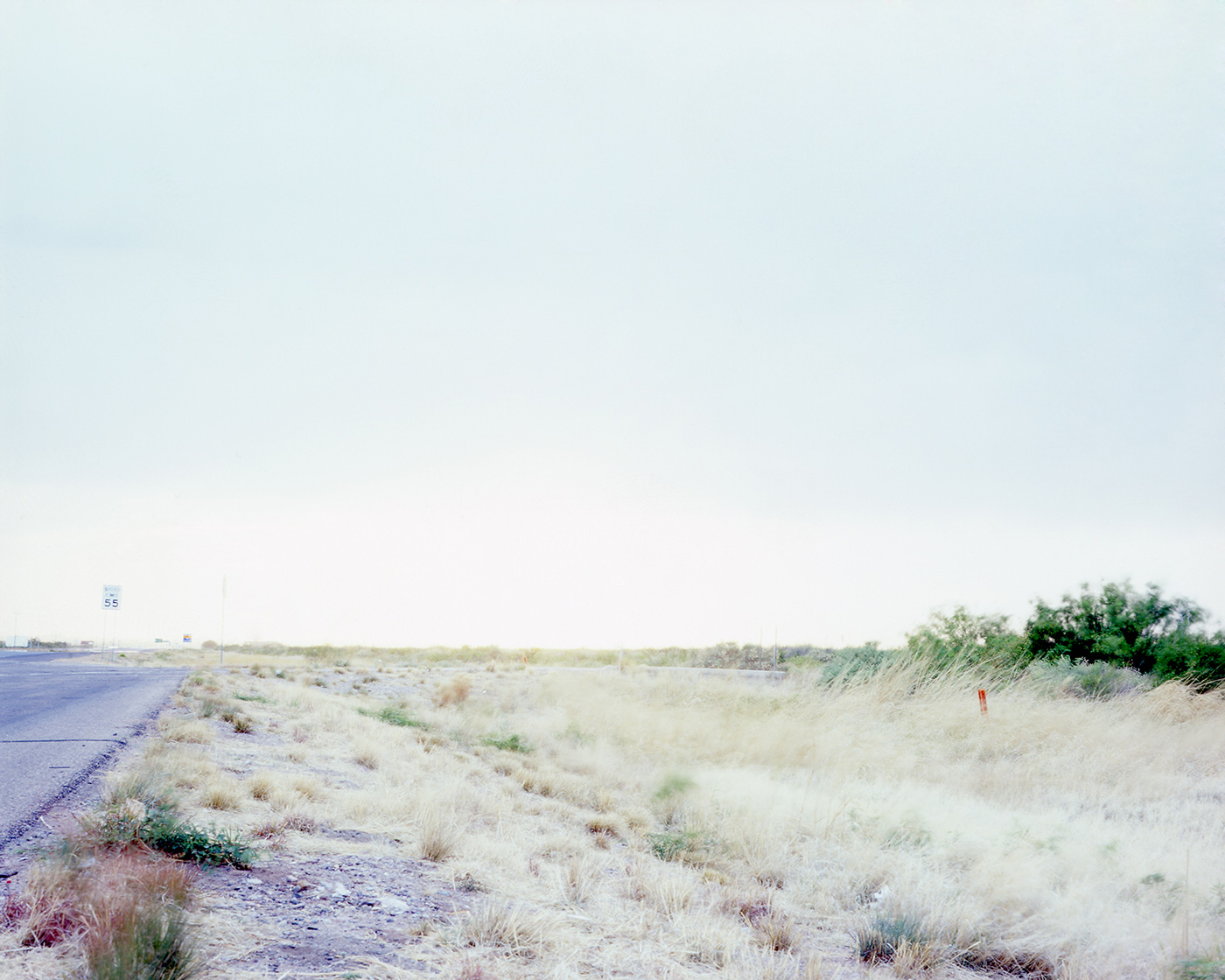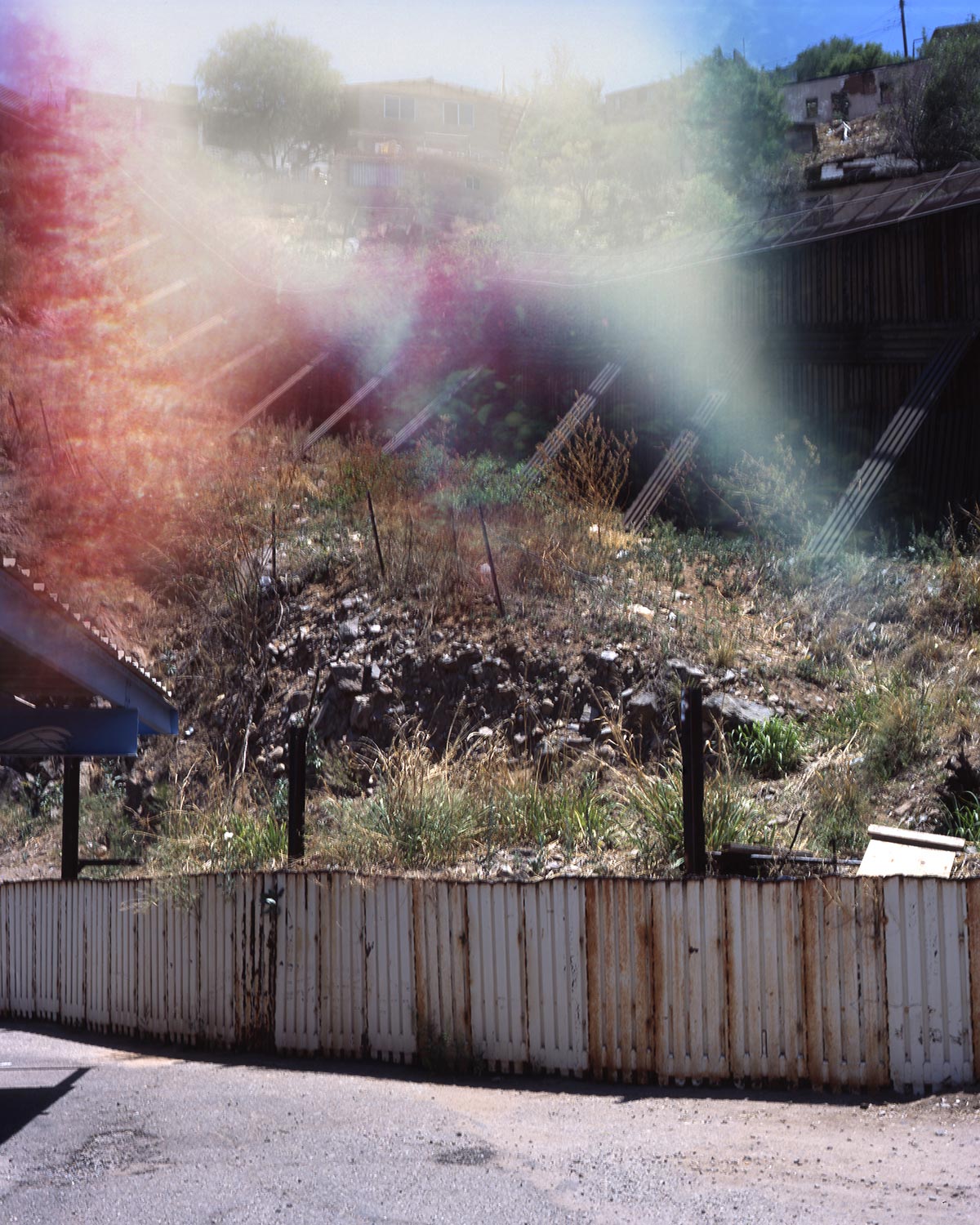700 Miles
Seba Kurtis & Barry W. Hughes
There is a light that guides us through 700 Miles, a project by Argentine-born and UK-resident Seba Kurtis. Kurtis is no tourist when it comes to illegal immigration, having experienced its difficulties first-hand, and he is accustomed to the trails and trials of those who leave Latin America for Europe or the US. In 700 Miles he visits the notorious billion-dollar stretch of steel fencing signed into law by George W Bush in 2006 and erected along the US–Mexico Border.
Two-thousand miles long, the Southern Border that joins New Mexico, California, Arizona and Texas is a leviathan that incorporates 700 miles of concrete and steel pedestrian fencing to connect pre-existing highly populated gateways. Most of the border control’s attention has been focused on the more urban and populated areas, which has forced many immigrants farther afield into more inhospitable environments. The fence is not continuous, and gaps are patrolled with sophisticated technology such as motion sensors, drone patrols and cameras linked to The National Guard and local SWAT teams. In addition, local US citizens have formed a vigilante armed militia called the ‘Minutemen’, and patrol their patches of land seeking out any crossers.
Kurtis concentrates mainly on the Arizona section of the border, as this was the most problematic area in 2008 when he undertook his project. Arizona is where the ‘hunting’ of Mexicans by the Minutemen is most prevalent.
Kurtis explains: ‘I wasn’t interested in the physicality of the fence. My motivation for the project was the anti-immigration crusade and the dynamics of living under that threat. 700 Miles was actually only shot on the US side – this was a conscious decision to show that if it wasn’t for the fence or the border police you wouldn’t know which side you were on. I wanted to show how afraid some of the population were becoming.’
Despite Mexican President Vicente Fox denouncing plans for the barrier in 2005 as ‘disgraceful and shameful’, the fence has been popular with many US citizens, who report an obvious decline in illegal immigrant numbers. Like many, I can’t help but think now of the larger border promised by President Donald Trump, but I also think of the Berlin Wall, and the walls of Israel and Northern Ireland. Despite rational arguments for their construction, barriers like these are always inhumane monuments to authoritarian control.
‘I met people who crossed the fence often, back and forwards to see their family, risking everything,’ Kurtis told me. ‘It is harsh, the thought of losing everything, but some are used to that reality. I think the worst part was when some American workers needed cheap manual labour (they derogatorily call it ‘Manuel Labour’), and asked some Mexicans to jump in their trucks. They left them to do hard manual work in the middle of nowhere. Then they didn’t come back for them, they left them without resources in the middle of the desert.’
Barry W. Hughes
Photographs © Seba Kurtis, courtesy of Flowers Gallery

